Table of Contents
Wondering how to establish yourself as an expert in your field? It's crucial, right? Your prospective students are thinking, “Can I trust this course?”

The key lies in building trust with your audience, and affiliate marketing solutions for small businesses can be a real game-changer here.
Picture this: well-known influencers in your field vouching for your course. That's what affiliate programs do! They're like word-of-mouth on steroids.
It's not just talk; these affiliate programs also hinge on tangible results.
These influencers share your course with their followers, building trust and credibility.

And the best part? You only pay them commissions when their referrals turn into sales.
In this article, we're diving deep into how to start an affiliate marketing programs for online courses. Why start one? How does it benefit your course?
Stick with us, and we'll explore all these answers and more.
Getting Started with Affiliate Programs for Your Online Course

So, you've got this great course and you're thinking, “How do I get more eyes on it?” What’s a smart way to boost your online course's reach? Think affiliate marketing.
It's pretty simple: you team up with industry experts who use their influence to spread the word about your course.
They get a unique link that keeps track of the traffic or sales they bring in from their recommendation.
These affiliates can use tutorials, product reviews, or other creative ways to talk up your online course.

When someone buys it through their link, that affiliate gets a commission. It's a win-win!
Now that you know what affiliate programs are and some of their benefits, let's take a look at how you can set one up for your online courses.
Starting an affiliate program is a smart move, especially when you get known names in your field to back your course. It's like having a trusted friend tell everyone how great your stuff is, making selling a whole lot easier.
Starting Your Affiliate Program in 4 Easy Steps
Step 1: Make Your Site Shine
Firstly, let's talk about your website's look and feel. Before you invite affiliates to your program, your website needs to look the part. Why?

Because when affiliate marketers consider joining your program, they’re not just looking at potential earnings. They’re evaluating your brand's professionalism and reliability.
After all, an affiliate's reputation is tied to how well your business performs.
This is where the choice of a learning management system (LMS) becomes critical. You need a platform that's both user-friendly and professional.
That's the sweet spot MemberPress Courses hits. As the world's #1 membership and monetization WordPress plugin, MemberPress lets you create, manage, and sell your online courses directly on your site.
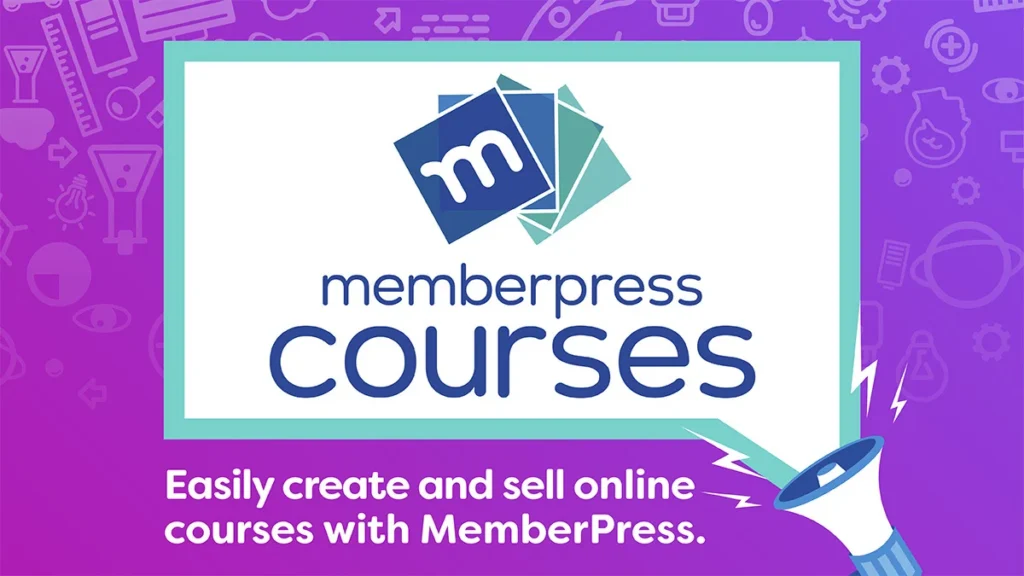
With MemberPress, your courses aren’t just listed; they’re showcased in a user-friendly and intuitive platform that boosts user experience. It comes packed with features like an easy-to-use course builder and robust content protection.
And the best part? You can create an unlimited number of courses, each tracked for student progress, ensuring your learners always get the best.
But wait, what if you’re short on time or not quite tech-savvy? No problem. ReadyLaunch™ by MemberPress is your go-to solution.
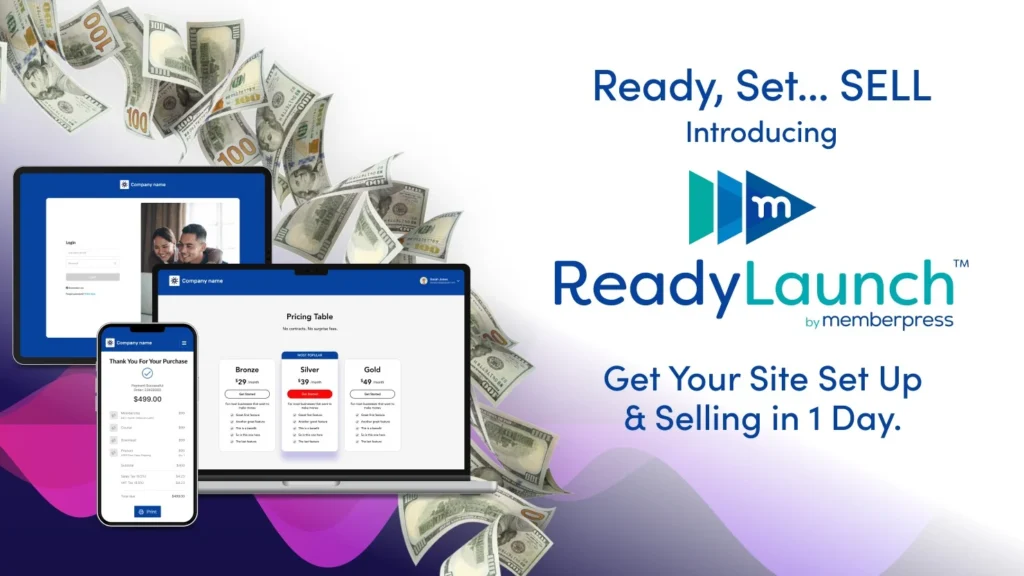
Imagine having a fully functional, course-ready website without the hassle of web development. ReadyLaunch™ offers exactly that – a pre-configured MemberPress website that’s ready to go live in just a few hours.
This means you can skip the complex web development phase and jump straight into selling your courses.
All you need is a logo, a few catchy images, and your course content, of course!
Remember, first impressions matter. A clean, easy-to-navigate website is your golden ticket.
It not only attracts quality affiliates but also gives them the confidence to promote your courses.
Importantly, a great website starts with choosing the right platform. It’s the foundation for a successful affiliate program where both you and your affiliates thrive.
Opt for MemberPress Courses for a quality setup and ReadyLaunch™ for a quick, efficient start.
Step 2: Install and Set Up Easy Affiliate on Your Site
Now for the most important part – your affiliate program platform.
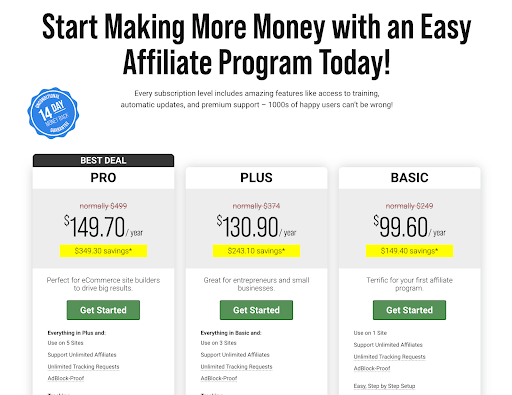
We may be a bit biased, but if you're managing an online business on WordPress, Easy Affiliate is your best bet.
Setting it up is a breeze (even WPBeginner gives it a thumbs-up). And its user-friendly features streamline managing your affiliate program.
Easy Affiliate is, quite literally, easy to use!
Since features are way more fun to talk about, we won't go into the step-by-step Easy Affiliate setup and configuration in this post.
But you can click below for everything you need once you're ready to get going.
For now, let's get to the fun part!
Easy Affiliate Features You'll Love
Engagement is crucial to creating and maintaining a thriving affiliate network. It's not just about sending emails, doing payouts, and posting creatives. It's about building a community around your brand.
That's why every Easy Affiliate feature is designed to cultivate lasting partnerships. Check out a few of the most important ones here!
Tailor-Made Dashboard – A Perfect Fit for Your Brand
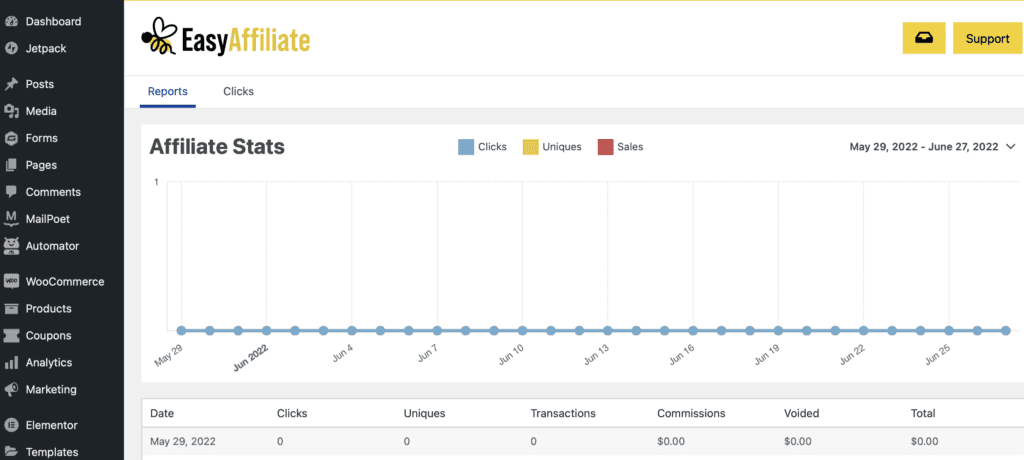
The personalized affiliate dashboard is set up to be a reflection of your brand.
It's powered by the WordPress Customizer, so you're able to give your affiliates a sleek, brand-aligned interface where they can do things like…
- Track their performance
- Access promotional materials
- Manage their accounts easily
The dashboard ultimately gives everyone a seamless and professional experience that communicates your brand's identity.
Seamless Payment Integrations – Simplifying Transactions
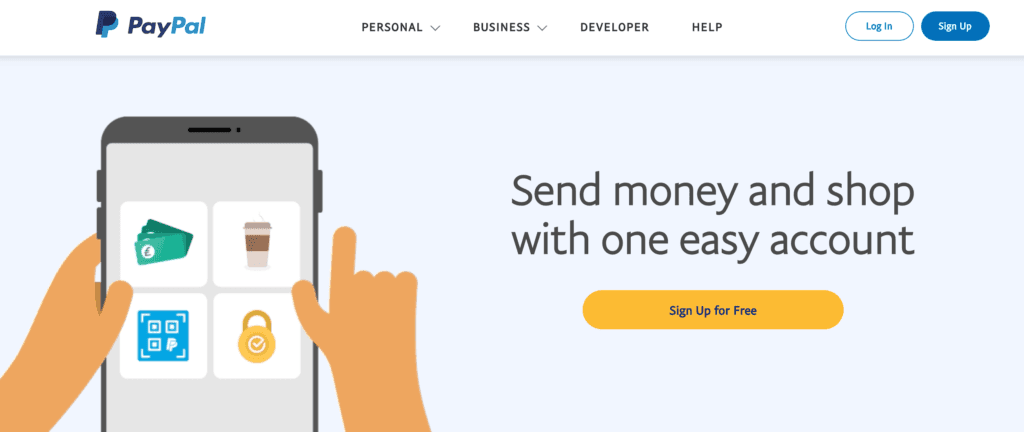
With Easy Affiliate's payment integrations, handling payments is a dream instead of a nightmare.
Whether tracking MemberPress, WooCommerce, or Easy Digital Downloads, this feature ensures accurate capture of initial and recurring payments.
It's about giving you and your affiliates the convenience and reliability you both need to create a thriving affiliate program.
Streamlined Affiliate Screening – Quality Control Made Easy

The built-in affiliate application process is your gateway to quality control.
You get the power to handpick your affiliates, so you can make sure only the best and most suitable candidates represent your brand.
With the power to approve, reject, or ignore applications, you maintain complete control over who joins your affiliate family.
Advanced Commissions Tracking – Your Earnings, Your Rules
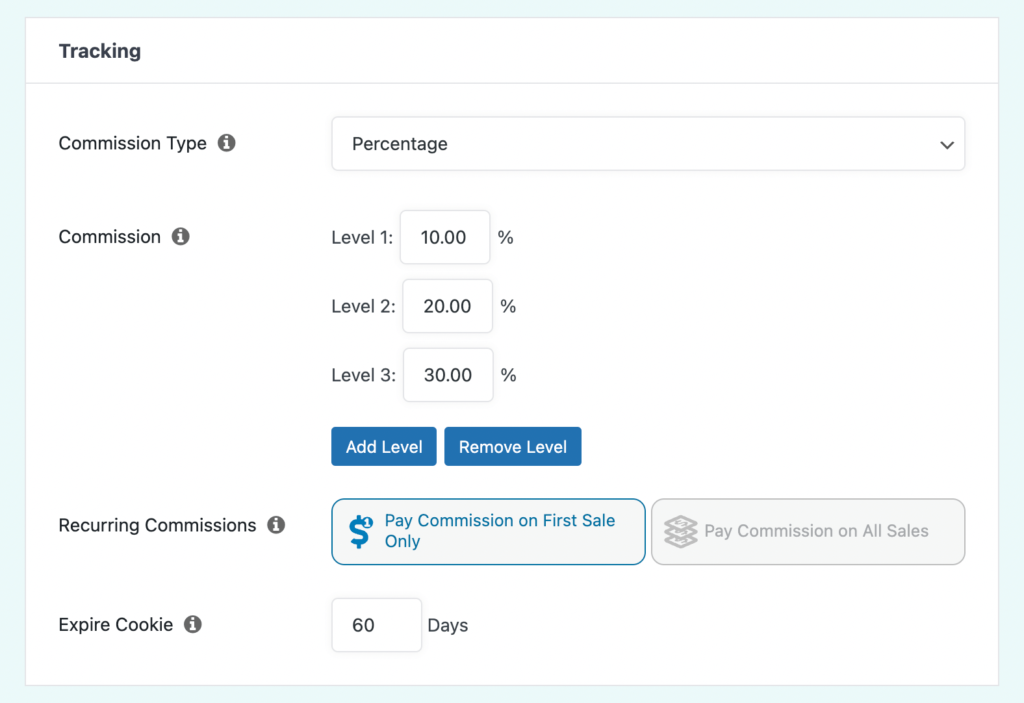
Commissions Tracking is the heart of Easy Affiliate. Set personalized commission rates, including multiple levels, and take advantage of Affiliate Commission Override Rules for ultimate control.
But this feature is about way more than keeping track! It's designed to tailor your commission structure to fit your business model.
For example, say you offer multiple courses. A good commission benchmark in the education industry is an average of about 20%.
Customized commissions leave your affiliates feeling they're being treated fairly, so they stay motivated.
Ironclad Security – Safeguarding Your Earnings

In the world of affiliate marketing, security is MASSIVELY IMPORTANT.
Easy Affiliate's Fraud Detection system proactively flags suspicious activities, so that every commission you pay out is legitimate.
This feature is 100% designed for your peace of mind.
Empowering Admin Interface – Command Your Affiliate Empire
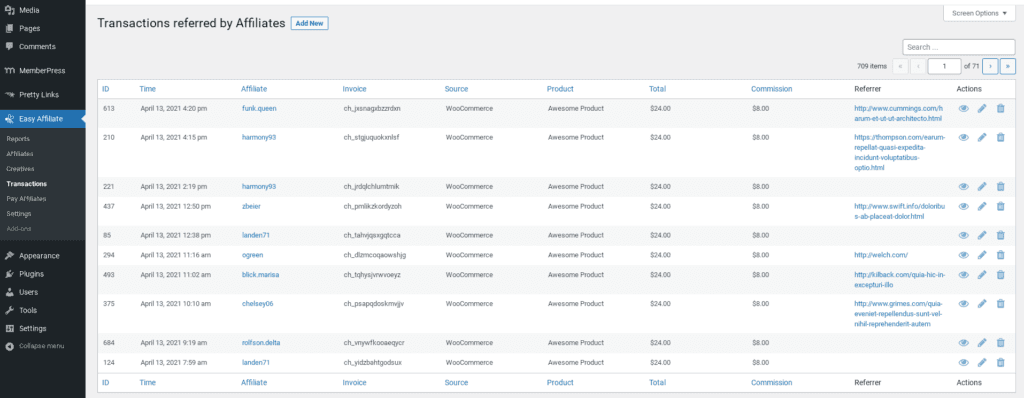
Easy Affiliate's admin functions put you in the driver's seat. With comprehensive reports and real-time data at your fingertips, managing your affiliate program becomes an organized, stress-free experience.
This feature is about empowering you with the information and tools you need to make the kinds of informed decisions that drive your program to success.
Creative Control – Elevate Your Brand Representation
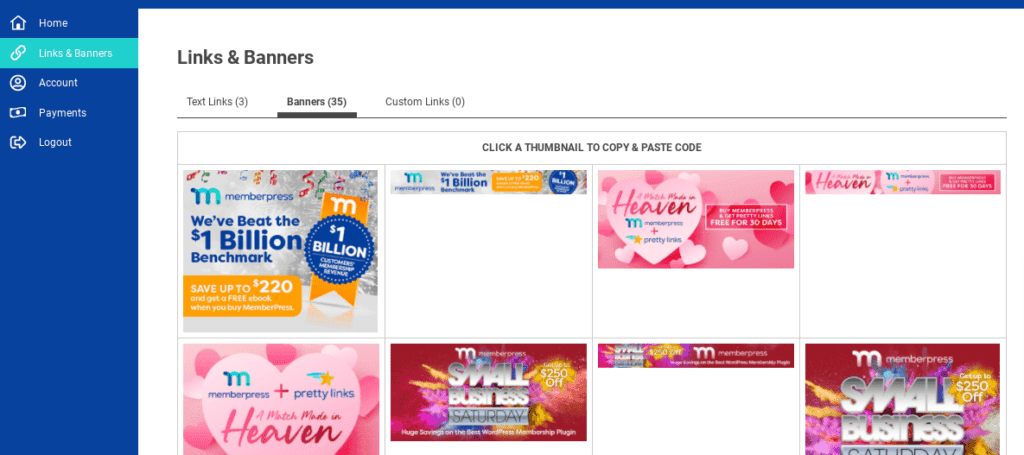
Creative management features put top-notch promotions front and center for your affiliates.
They get an organized hub where they can pick up links and banners that are polished, professional, and effective.
These features are all about helping you keep a consistent and compelling brand image through your affiliates.
Developer Tools – Supercharge Your Affiliate Program
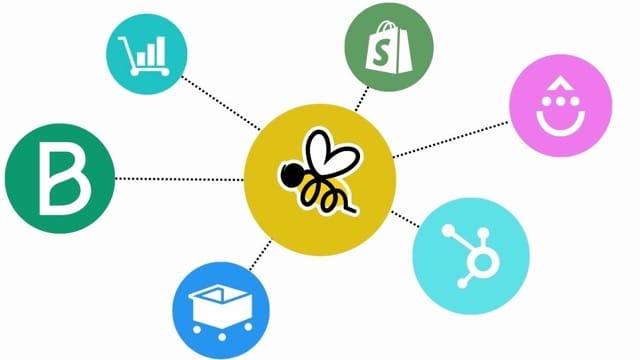
The Developer Tools add-on is all about getting more and better efficiency and satisfaction all around. And it does this by making integration and automation effortless.
It extends your program's capabilities, allowing you to integrate seamlessly with your favorite platforms and automate processes from affiliate sign-ups to commission tracking.
Custom Link Generation – Personalized, Professional Links

With custom link generation your affiliates get the freedom to create their own attractive tracking links. It's an empowering tool to help them promote your brand effectively and professionally.
Coupled with Pretty Links support, these links are so lovely they actually attract clicks instead of send users running.
Effortlessly Reward Your Partners
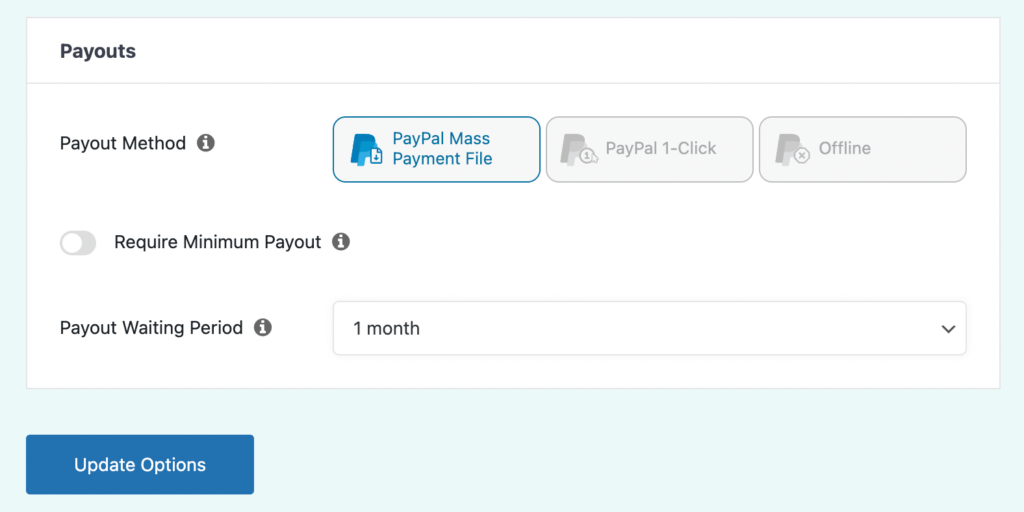
Imagine a system so streamlined it turns the tedious task of affiliate payments into a simple, once-a-month activity.
Whether you're fond of PayPal's Mass Payment feature, prefer offline methods, or love the convenience of 1-click payments, Easy Affiliate has you covered.
Easy Affiliate's payment features mean you don't have to juggle multiple platforms or deal with manual calculations.
Just a few clicks and your affiliates are paid, happy, and motivated.
It all really boils down to success. Because if you can build a reliable network where affiliates feel valued and taken care of, this trust generates enthusiasm for your products, and better sales.
Nurture Relationships with Seamless Communication

Easy Affiliate's integration with leading email marketing services like MailChimp, ActiveCampaign, and ConvertKit is a game-changer for small business owners.
This seamless integration empowers you to keep in constant touch with your affiliates, so they're always in the loop and engaged with your latest offerings.
Step 3: Find the Right Affiliate Partners for Your Course
Scouting affiliates for your online course? It's simpler than it seems. Just start with your existing customers. They already like your course, so why not involve them further?
Your email list, website, and social media are goldmines for discovering potential affiliate partners.
Another great tactic? Partnering with social media influencers. Think of how YouTubers collaborate with platforms like Skillshare or Udemy. It's a similar concept.

When reviewing affiliate applications, know what your ideal partner looks like. This clarity helps streamline the selection process.
And keep an eye out for any affiliate red flags – you want genuine, effective affiliates representing your course.
Step 4: Optimize and Monitor Your Affiliate Program
Now that you've got affiliates promoting your course, it's crucial to track how things are going.
The Easy Affiliate > Reports section is your command center for this. It shows you all the clicks and sales generated by your affiliates.
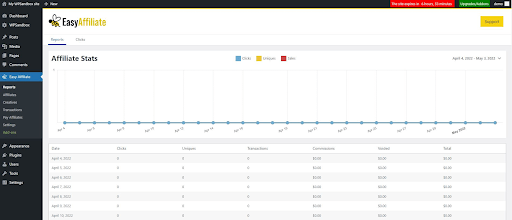
Not seeing the numbers you hoped for? It might be time to tweak your approach. Low clicks could mean your affiliates need more support. Maybe offer your underperforming affiliates better marketing tools to boost their performance.
Consider adjusting your commission rates too. Sometimes, a higher commission can attract higher-quality affiliates.
And if clicks aren't turning into sales, take a look at your course's landing page. Maybe it needs a refresh.
Also, ensure your affiliates clearly understand your course and who it's for, so they're reaching the right people.
Conclusion
Navigating the competitive world of online education can be tough, but launching an affiliate program offers a standout solution.
We've walked you through 5 essential steps to get your program up and running:
- Develop an engaging site with MemberPress.
- Install and set up the Easy Affiliate plugin.
- Find and partner with the right affiliates.
- Monitor and optimize your program's success.
Questions or thoughts about starting your affiliate program? We'd love to hear them in the comments!
Stay in the loop! Follow us on Twitter, Facebook, Pinterest, and LinkedIn, and don't forget to subscribe below for the latest updates.




Leave a Reply